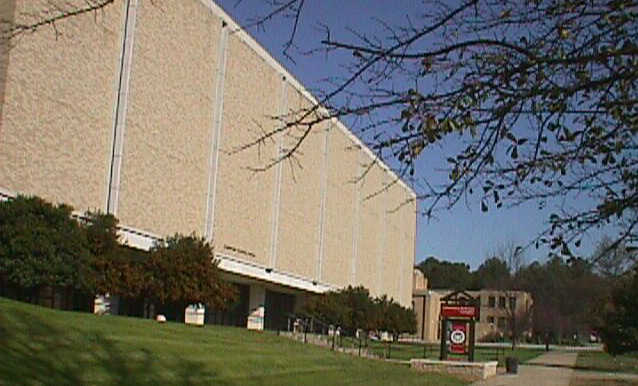
Department of Chemistry
and Physics
 |
Department of Chemistry and Physics |
| Answers |
Equilibria 1
|
1. Write the equilibrium expression for each of the following:
Where possible, express both Kc and Kp.
| a) |
2 NaN3 (s)
|
2 Na (s) + 3 N2 (g) |
| b) |
4 NH3 (g) + 5 O2
(g)
|
4 NO (g) + 6 H2O (g) |
| c) |
2 HCl (aq) + Ca(OH)2 (aq)
|
2 H2O (l) + CaCl2 (aq) |
3. Determine the equilibrium concentrations for each species in the
equation:
|
H2 (g) + I2
(g)
|
2 HI (g) |
if the initial concentrations of H2 and I2 are 1.0 M and Kc = 54.3 at 430oC.
|
H2 (g) + I2
(g)
|
2 HI (g) |
If the initial concentrations of H2 and I2 are 1.0 M and the initial concentration of HI is 0.5 M (Kc = 54. 3 at 430oC), is the reaction at equilibrium? If not, which way will the reaction proceed?
5. According to Le Chatelier's Principle,
a) what effect would the addition of Cl - have on the
equilibrium below?
|
CoCl2 + 2 Cl
-
|
CoCl42- |
Shifts the equilibrium to the right, increase
in the Cl- concentration creates stress on the reactant side.
To relieve the stress, more CoCl42- is formed.
b) what effect would the addition of Ag+ have on the
equilibrium in problem 5a if the Ag+ precipitates as AgCl?
Shifts the equilibrium to the left, the Ag+
ion removes Cl-, to compensate for loss of Cl-, the
CoCl42- dissociates to generate more Cl-.
